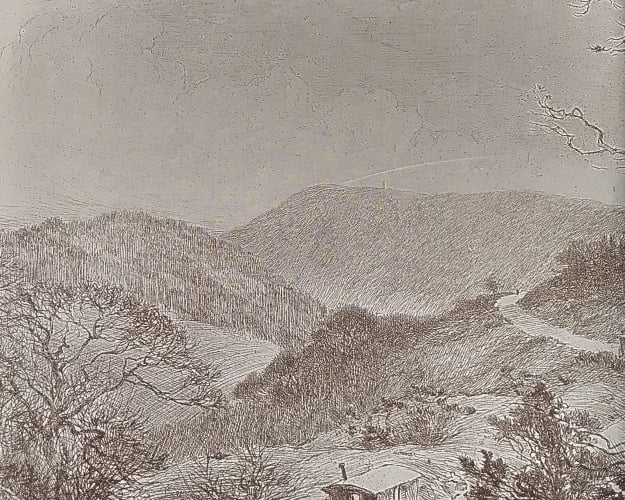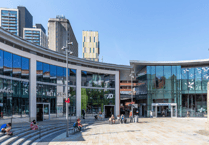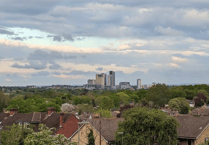ON two days in 1913, police officers throughout Surrey were out and about looking for Gypsies, hawkers, casual farm workers, tramps and travelling show people, recording what they were doing and where they were staying.
Known as a survey of nomads, it was initiated by Surrey County Council. The survey came in response to attempts by some of the county’s wealthy landowners to stop people of no permanent home from pitching up on their lands.
The wealthy – including Lord Onslow of Clandon Park, who owned land including commons in the Woking and Chobham areas – were citing travelling people as being a nuisance. This claim was despite the work the travellers did and the services they provided generally being accepted as most useful to the local economy. But the landowners stepped up their campaign with proposals to the government to regulate Gypsy encampments by a Moveable Dwellings Bill.
Surrey County Council had been drawn into the arguments. As an education authority, it was failing – in the wake of the 1908 Children Act – to get children of travelling people to attend school.
It was being claimed there were 10,000 nomads in Surrey. The survey was an attempt to come up with an accurate figure and establish who these people were.
Details of the survey are in a new book, Surrey Census of Nomads, 1913, edited by Alan Wright and published by the Surrey Record Society. It follows Alan’s absorbing book, Their Day Has Passed, about Surrey’s Gypsies and travellers at the turn of the 20th century.

The new book takes an in-depth look at the two censuses of nomads undertaken on 22 June and 31August, 1913, and the story of this almost forgotten bit of local history. The original census forms are held at the Surrey History Centre in Woking, and their data is reproduced in the book.
The two censuses did not record names of the people the police found as they searched their beat for those of no fixed abode. But the locations, type of dwelling, occupations given and whether male, female, and the age range of any children and whether in elementary education, was recorded.
Among those around Woking on 22 June were 60 Gypsies living in tents; 19 Gypsies living in vans; 10 field workers living in sheds or outbuildings; six vagrants living in one tent; four tramps living in outbuildings; and one labourer recorded as living in the open air.
Around Ripley and Send, 147 Gypsies and their children were living in tents, vans or huts, working as fruit pickers at Boorman’s fruit farm.
The 31 August census stated two hawkers were living in a tent on Chobham Common; in vans and tents in Pyrford were 30 Gypsies, and in Knaphill there was a horse dealer and his female partners living in a van, three women hawkers and one infant living in a van, and a rag-sorter living in a shed.
Alan said: “The outcome would have disappointed those who looked to support a case that the county was affected by disproportionally high numbers of Gypsies and other nomads. The total number of nomads identified in June was 1,672 falling to 1,424 in August. Both figures were broadly consistent with the 1911 national census total of 1,463 and fall well below the 10,000 commonly reported by the press and other observers.”
The hardback book costs £20 and can be ordered from the Secretary, Surrey Record Society, Surrey History Centre, 130 Goldsworth Road, Woking, Surrey, GU21 6ND (email: [email protected]).
It is also available from the Surrey History Centre online shop.
If you have some memories or old pictures relating to the Woking area, call me, David Rose, on 01483 838960, or drop a line to the News & Mail.
David Rose is a local historian and writer who specialises in what he calls “the history within living memory” of people, places and events in the west Surrey area covering towns such as Woking and Guildford. He collects old photos and memorabilia relating to the area and the subject, and regularly gives illustrated local history talks to groups and societies. For enquiries and bookings please phone or email him at: [email protected]




